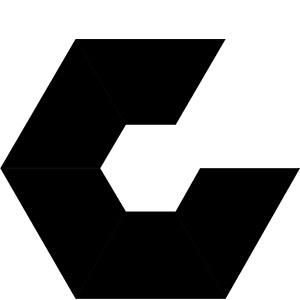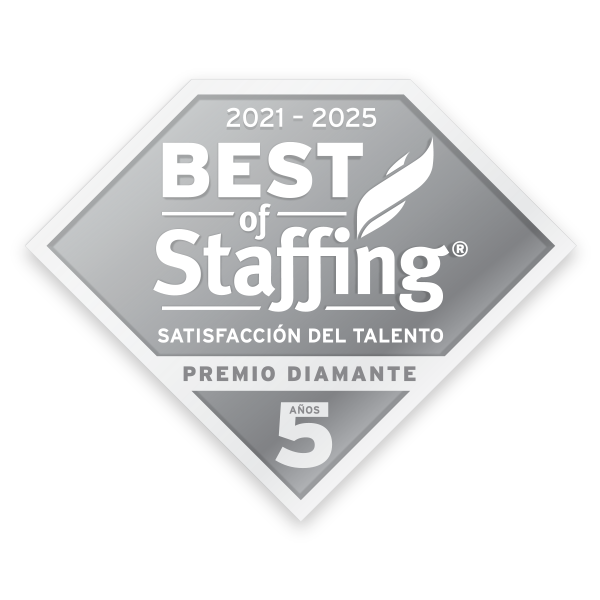
Expert Insights from Onward Search ‘Managing Demand, Maximizing Impact’ Panel
In the busy, dynamic world of in-house design and creative work, leaders must balance the need for productivity with the demand for impact. In-house teams can be pulled in many directions, often in unexpected and undesirable ways. When leaders lose control over this demand, they fall into rushed, reactive patterns that can negatively affect the team’s reputation, culture, and work quality.
To help organizations overcome their demand management challenges and make the most of in-house resources, we recently held an interactive panel discussion featuring industry experts who have led design and creative teams at Amazon, Starbucks, Comcast, and KeyBank.
From understanding the role of design leadership to effective planning and organizational development, the panel explored strategies for success. This article summarizes highlights of the discussion, paraphrasing Q&A answers from:
- Heather Hollis, Vice President, Digital Experience & Creative Transformation
- Daniele Monte, Creative Leader & Brand Builder
- Abbey Smalley, UX Design & Program Leader
- Stephen Schroth, Executive Vice President / Enterprise Design Officer
Why is “demand management” so important for in-house design and creative organizations?
Heather Hollis: This topic is definitely hard to master within in-house design and creative organizations. My experience building an in-house team from scratch has shown it’s crucial to demonstrate value early on and prove the savings to the organization. It’s important to manage demand by setting the scope, overseeing finances, and exceeding quality expectations so that in-house creative teams can maximize their value.
Daniele Monte: With in-house teams, there can be a lack of precision in strategy from those submitting work to the creative team which can lead to issues, as the work is often considered “free” and subject to constant iteration. It is crucial to establish crystal-clear contracts and charters, building relationships and working collaboratively ahead of time. This proactive approach helps prevent the easy mistake of using creative work to fine-tune the strategy, ensuring cost savings and efficiency.
Abbey Smalley: It’s important to ask if we’re doing the right work and if we’re approaching it in the most effective way. By avoiding unnecessary reinvention and utilizing design systems, we can allocate more resources to new challenges, innovation, and high-risk areas. This enables us to focus on research, iteration, and achieving optimal outcomes.
Stephen Schroth: When it comes to managing demand, it’s important to consider the sense of control that businesses often feel when using external agencies, which they may perceive as lost when working with an internal team. In my own experience, I’ve aimed to create an environment where businesses still felt in control while ensuring that crucial creative and design decisions were made by the right individuals. I realized that it went beyond a simple transactional decision based on cost and quality, and I had to find ways to address and complement the benefits they derived from external agency relationships.
As a leader, what is, and is not your role in managing demand with executives and stakeholders?
Abbey Smalley: As a design leader, my role is to establish trust and relationships, ensuring alignment in creating a successful business that serves customers. It involves bringing strategic insights from research to shape the roadmap from the beginning, clear communication of possibilities and constraints, and highlighting trade-offs. However, I do not typically have the final say in changing or funding constraints, as that decision lies with the business partners. The focus is on clarifying what can be done within the constraints and toolkit available to foster collaborative decision-making.
Heather Hollis: In terms of budgeting and planning, it’s crucial to have a core plan of record while also allowing for flexibility and regular check-ins. Communicating the cost model and potential budget impacts associated with flexibility is important. Design leadership encompasses both strategic contributions and studio-type functions, requiring an understanding of the services being delivered and aligning them with the needs of executives and stakeholders.
Do your organizations generally understand the design or creative process? How do you work at clarifying the value of this with stakeholders?
Stephen Schroth: In many organizations, design and creative processes are not widely understood or spoken as a common language. To clarify the value of design with stakeholders, we have to speak in their language, aligning design and creative efforts with their business outcomes and objectives. By partnering with stakeholders and sharing impactful stories that resonate with their goals, we can effectively communicate the value of design across the organization.
Abbey Smalley: Design leadership and designers possess a unique ability to translate complex concepts for others, acting as educators. With a focus on problem-solving for customers, we have a deep understanding of what people care about. As partners, our role is to understand the priorities of stakeholders and leaders, bridging the connection between design and the impact it has on what they value, as we share the same overarching goal.
Heather Hollis: The most valuable advice I’ve received is to communicate in a language that resonates with the audience, bringing them along and showcasing the possibilities in a way they can relate to. By tailoring our language and storytelling, we can effectively engage and inspire others with the art of what is possible.
Daniele Monte: The true magic of having an in-house design team lies in the collaborative atmosphere and shared understanding. While it may not always be easy, leveraging emotional intelligence allows us to navigate different stakeholders’ preferences and levels of interest in the creative process. When available, it’s essential to seize opportunities to educate and share the story with a captive audience who genuinely wants to know.
How are planning and prioritization handled in your organization?
Daniele Monte: I think it’s important to have a flexible approach to planning and organization, especially as the business evolves and scales. Adapting and building mechanisms to respond to growing demand is essential to avoid being ill-equipped and inadequate.
Stephen Schroth: To ensure effective prioritization and resource allocation, something my team has done is establish strategic allocations in collaboration with the senior leadership team. These allocations guide the distribution of resources and funding for different business areas, enabling engagement and valuable input from business leaders during the prioritization process.
Abby Smalley: When you’re working cross-functionally with different teams, such as design, product, and engineering, aligning priorities is crucial for successful execution. Ensuring that priorities are in sync with the partners who will support and implement the work is essential to avoid discrepancies and ensure timely and relevant outcomes, considering the dynamic nature of the landscape.
What are 2 tips you’d provide the audience members who are looking to improve in managing demand for their design or creative organizations?
Daniele Monte: To improve in managing demand for design or creative organizations, focus on becoming a true business partner rather than solely an in-house agency. Above else, demonstrate the value you bring to the relationship.
Abbey Smalley: It’s important to measure the impact of design and have a clear framework for determining what to measure and what results to look for. The Google HEART framework can be a valuable tool in understanding the impact of design and making informed decisions on where to focus efforts and iterate.
Heather Hollis: Emphasize the value of in-house design capabilities and build trust with stakeholders to establish a strategic partnership, and continuously measure the impact of design to inform future decisions and shape strategies based on the insights gained.
Steven Schroth: Embrace transparency through regular stakeholder reports to showcase the team’s work and foster support. It’s also important to involve partners and business leaders in the prioritization process, including the strategic allocations, to share decision-making responsibility and gain organizational buy-in.
Turn in-house into powerhouse.
Onward Search helps companies connect with specialized creative talent, build scalable teams, and engage on-demand consultants. Partner with us to expand your in-house team, elevate your performance, and thrive in the future of work.
Request design or creative talent.
Partner with specialists to maximize impact in your in-house design or creative team.







